(June 16, 2024) Chef Mandaar Sukhtankar’s career in hospitality began as if by chance, when he brought home a college application form for hotel management. He began at The Park, New Delhi, where he honed his skills and later expanded into European cuisine under seasoned mentors. His accolades include a prestigious IH&RA scholarship and a pivotal role as Team Chef for Cricket Australia. Currently, as Corporate Chef for Total Environment Hospitality, he leads the charge in restaurant and microbrewery expansions, notably introducing Windmills to international markets. Passionate about regional cuisines, his work at Oota stands testament to his commitment to showcasing diverse Indian flavors.
Growing up as an army kid, Chef Mandaar Sukhtankar wanted to join the forces. Destiny, however, had other plans, though he wanted to join the NDA [National Defence Academy]. He recalls, “When I went to collect the form, the lady didn’t have change, so she gave me the application form for hotel management instead. My mother suggested I apply for both, which I did. That year, the NDA and AFMC exams clashed and my choice to sit for the AFMC wasn’t the best. However, I cleared the national exam for hotel management with merit.”
After completing his studies at the Institute of Hotel Management in Pusa, New Delhi, he took up the offer of a Management Trainee position at The Park, New Delhi, which eventually pioneered the concept of boutique hotels in India.
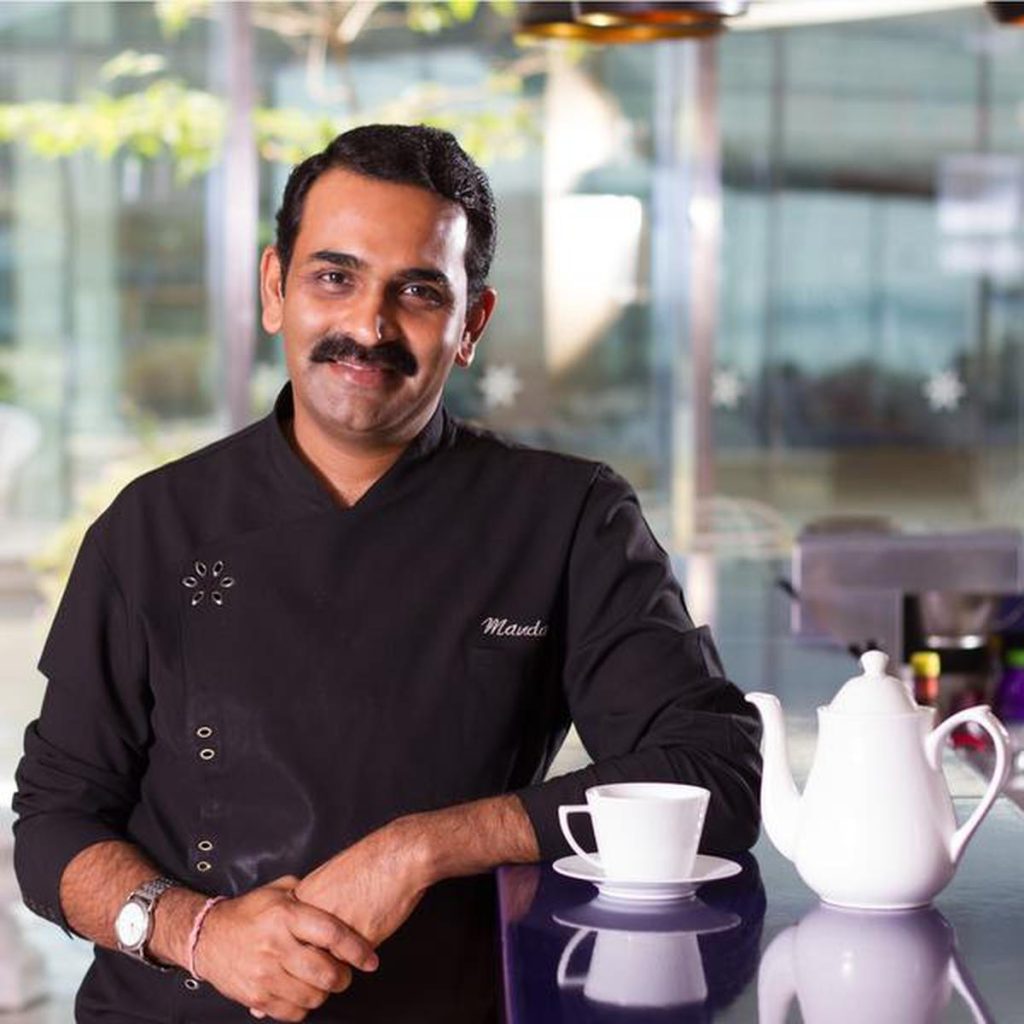
Chef Mandaar Sukhtankar
Gaining Mastery in European Cuisine
Chef Mandaar Sukhtankar, in an exclusive with Global Indian, reveals how his expertise in European and Italian cuisine increased organically. “Back in 1997, The Park, New Delhi, was the first hotel to launch a Spanish restaurant, Las Meninas, in India. Chef Pedro was specially flown in from Spain to helm the restaurant and it was with him that I had my first brush with European cuisine. Four years later, The Park acquired the Quality Inn Kensington Terrace in Bengaluru (now The Park, Bengaluru) and revamped it into the bright, colourful and eclectic property that it is today.
“They commissioned Sir Terrence Conran to design this boutique hotel where he also designed its iconic Italian restaurant ‘I.t-alia’. I was selected to head the kitchens and that was where I learned Italian cuisine from the acclaimed master Antonio Carluccio.”
In 2001, he was awarded the IH&RA (International Hotels and Restaurants Association) scholarship. Being one of only two Indians selected for it, this was a prestigious scholarship that had 80 applicants worldwide, out of which only 12 were selected. This special exposure scholarship at the Johnson and Wales University campus in Providence, Rhode Island, USA gave him a free pass to attend any class being conducted in the university. From oenology, chocolate sculpting, ice carving and store management to mixology and buffet displays, it was an unparalleled exposure to the nuances of the business.
Oftentimes, learning curves on the job are the best way to gain expertise in a field, and once Chef Mandaar completed his scholarship, his employers sent him to London to train further at Antonio Carluccio’s The Neal Street Restaurant. Carluccio was famous for his chain of restaurants in London.
“I trained with him for two months in his restaurant, where I learnt Italian cuisine and kitchen operations in depth and later, worked with him closely for over ten years when he consulted for us in Bengaluru and beyond. He, truly, was my mentor and guru; a walking encyclopaedia of Italian cuisine.”
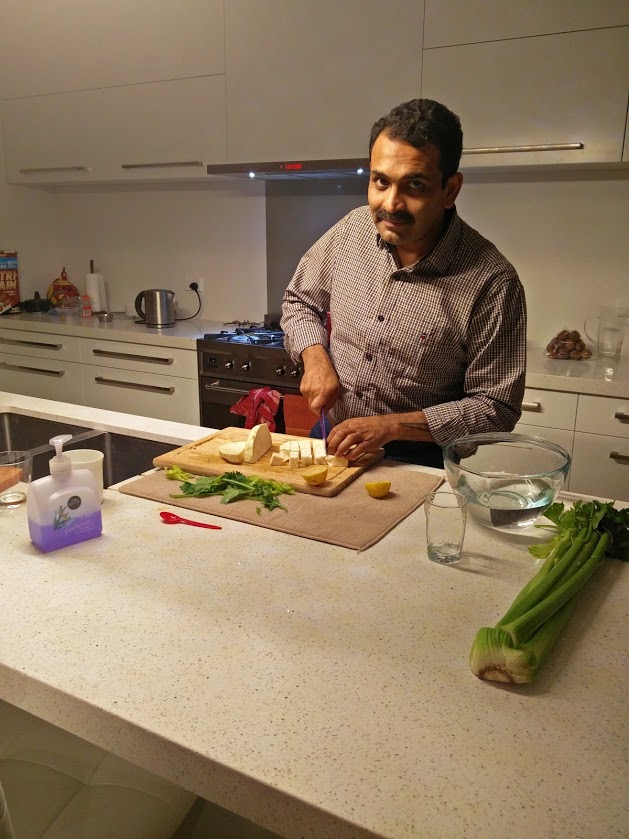
In 2005 Chef Mandaar Sukhtankar attended a course at The Italian Culinary Institute for Foreigners in Costigliole d’Asti. This is where he learnt more nuanced aspects of Italian food, from choosing a good olive oil to cheese making, wines, desserts and breads and other aspects of Italian gastronomy.
New Launches to Aussie Cricketers
Chef Mandaar’s career has several milestones worth mentioning. He was instrumental in the launch of the Chennai, Navi Mumbai and Hyderabad hotels for The Park group. During his illustrious tenure with them, he was instrumental in launching close to 20 restaurants, bars and nightclubs. He was a part of the pre-opening squad for The Park, Hyderabad, and worked at their flagship hotel from 2010 to 2017. During this time, he also authored the popular Sunday food page for the Deccan Chronicle. On the persuasion of his PR manager, he wrote his first book, Romancing the Chicks (2017) published by Westland. The book was a compilation of his writings with added anecdotes and recipes and a true testament to his storytelling skills.
Then, a serendipitous series of events, stemming from his son’s love for playing cricket, led to him being appointed as the Team Chef for Cricket Australia, where he travelled with the Australian team on its India tour in 2017.
He recalls, “Touring teams find it hard to adjust to Indian food and many players often fall sick. My role was to ensure that the players ate safe food and stayed match-fit. I policed what they ate. I’d be up at 5.30 in the morning, checking the breakfast buffets and advising the team what to eat and what to skip. If I wasn’t sure of the water source, I’d ensure their food was cooked with mineral water! I would inspect the hygiene levels of the kitchens and catering units, sometimes strip down the kitchen for a thorough cleaning and ensure that the food was cooked to a safe level for consumption. Sometimes, I would train the local hotel chefs to make dishes that the players liked but didn’t get to eat often on tour – from Bolognaise to schnitzels, anything that the players wished was on par for the course. If I found the food to be poor; I’d advise them not to eat any of it and just make do with Greek yoghurt and protein bars! Some players were vegan, and I got them to taste the local food – like the Zhunka Bhakar in Nagpur and Litti Chokha in Ranchi, replacing ghee with oil. They loved it! The touring team had some legends of the game like Steve Smith, David Warner, Glenn Maxwell, Marcus Stoinis, Aaron Finch, Adam Zampa, Kane Richardson and Travis Head and they were such a fun bunch. And the best and the most gratifying part for me was that no one fell ill on my watch!”
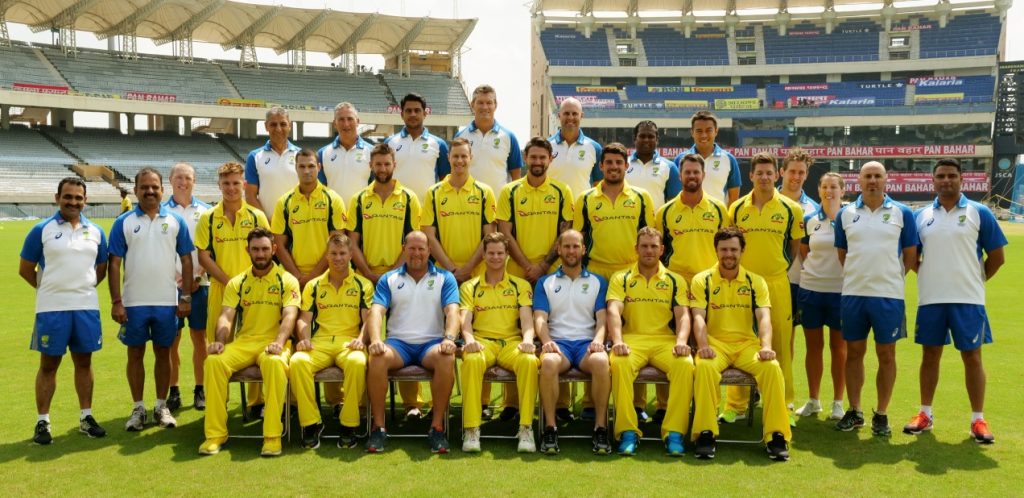
Chef Mandaar Sukhtankar with the Aussie cricket team
Delving into Regional Cuisine
In his current role as the Corporate Chef for Total Environment Hospitality, Chef Mandaar’s role is to helm the expansion of their restaurants and microbreweries. Windmills, their flagship brand, is one of the first and finest microbreweries to have opened doors in India. Brewing American-style ales, Windmills has an erudite vibe with its book-lined walls and classy music. The food is a big draw for its nuanced classicism and innovative takes. The music holds centre-stage as it hosts musicians of high pedigree – think Grammy nominees, a variety of jazz genres generously sprinkled with classical and other contemporary world music as well.
Having joined them in 2017, he has spearheaded the expansion of Windmills by opening one at the Bengaluru International Airport (2018) and more recently, a Windmills in Dallas, Texas (2021) – making it the first Indian microbrewery brand to venture abroad. Spread over two floors, it can seat 350 guests and is one of the largest by sheer brewing capacity. In the pipeline is another one soon to be launched in Hyderabad.
The other brand that he is passionate about is the multiple award-winning regional cuisine restaurant – Oota. In Bengaluru, Oota is probably the only restaurant which has a menu that spans all of Karnataka. Quite literally so, as the team that worked on the project travelled 20,000 kms across the state to understand culture, tradition and food while interacting with several communities. The recipes gathered during these travels form the edifice on which Oota stands.
Taking Oota across South India
Having established Oota as a strong brand for regional cuisine in Karnataka, he is now excited about taking the brand to Hyderabad where Oota will showcase the cuisine of Andhra Pradesh, Hyderabad and Telangana. In his words, “Primary research is gold! We are covering the entire length and breadth of these states to uncover hidden gems and bring out the regional flavours in their full glory. Regional food is increasingly finding favour; Indian chefs are digging out traditional recipes and giving them a unique touch through presentation. There is also the trend of bringing Western sensibilities to Indian food, but I believe that you only need to polish what needs polishing, otherwise keep it simple – the way it has been.”
- Follow Chef Mandaar Sukhtankar on Instagram.


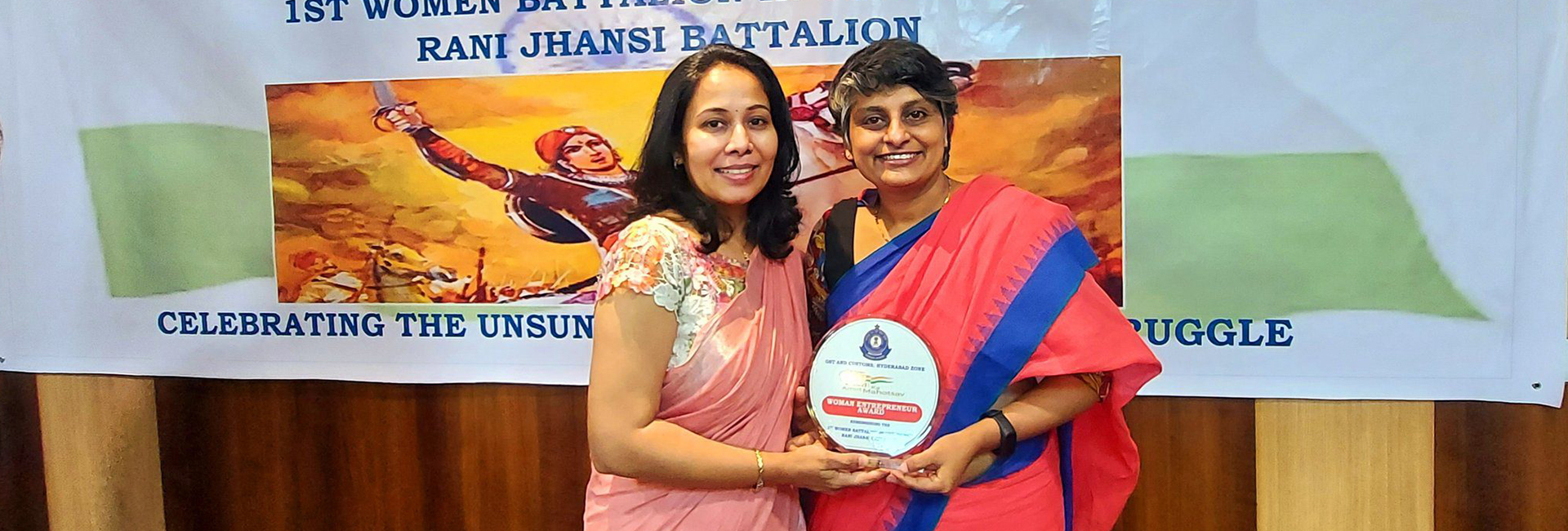
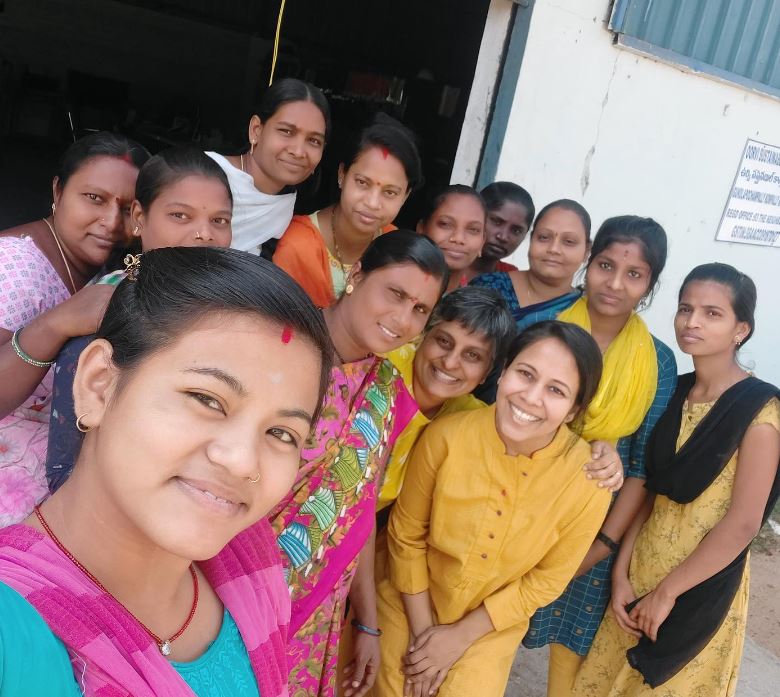 Maya and Minal with few of the Oorvi workers[/caption]
Maya and Minal with few of the Oorvi workers[/caption] Ambar gift box by HolyWaste[/caption]
Ambar gift box by HolyWaste[/caption]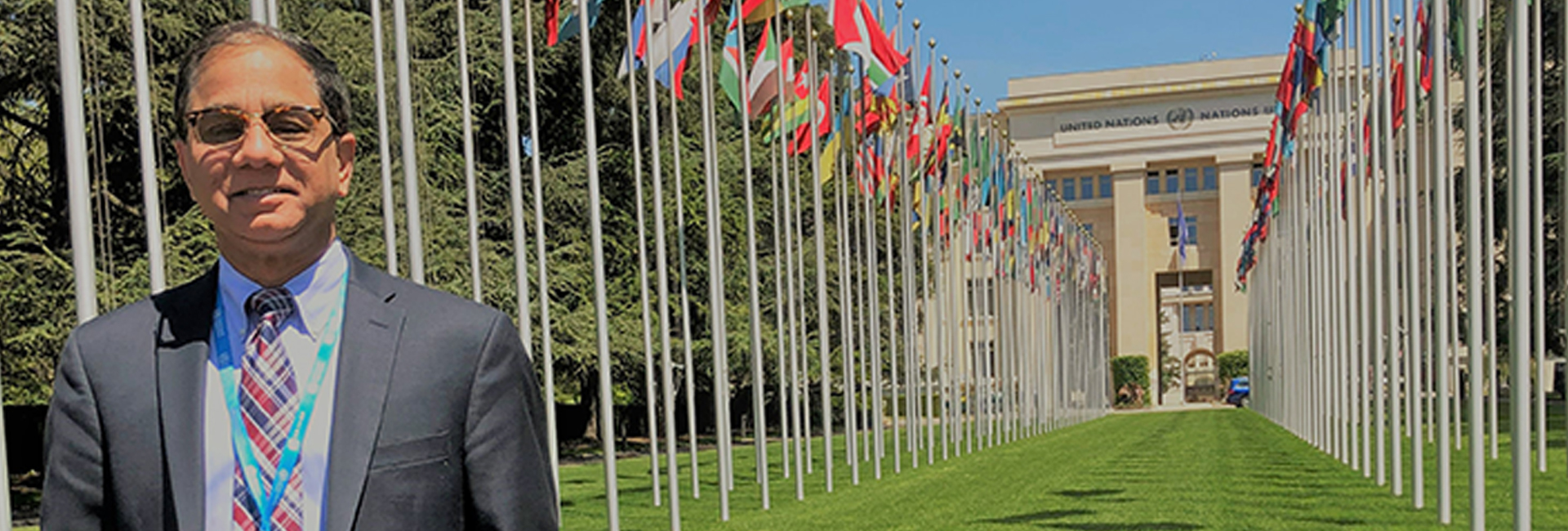
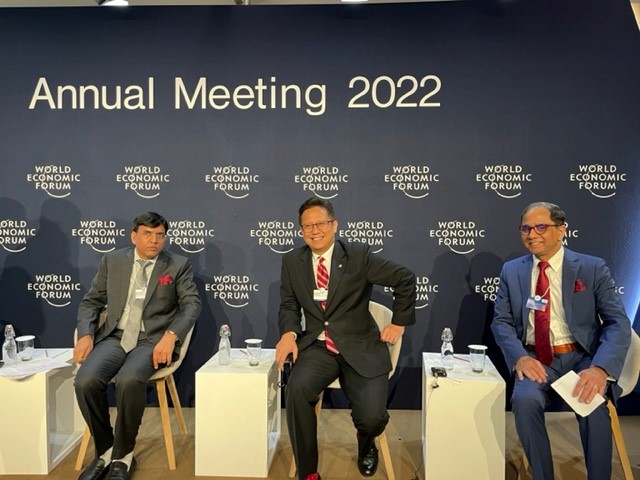
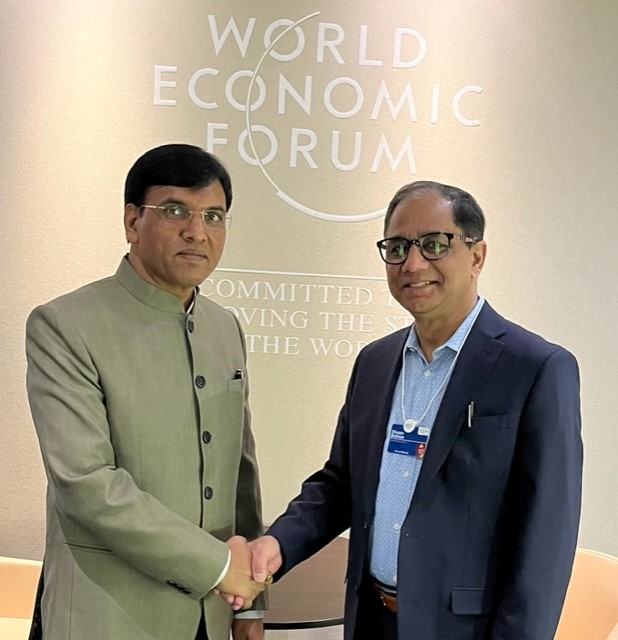 Dr. Bishen with Mansukh Mandaviya, Minister of Health and Family Welfare of India[/caption]
Dr. Bishen with Mansukh Mandaviya, Minister of Health and Family Welfare of India[/caption]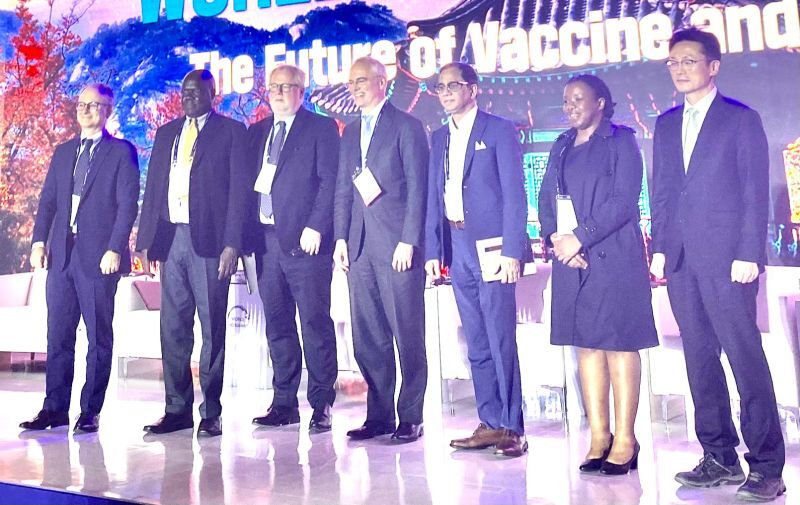 Dr. Bishen at the first World Bio Summit in Seoul, Korea[/caption]
Dr. Bishen at the first World Bio Summit in Seoul, Korea[/caption]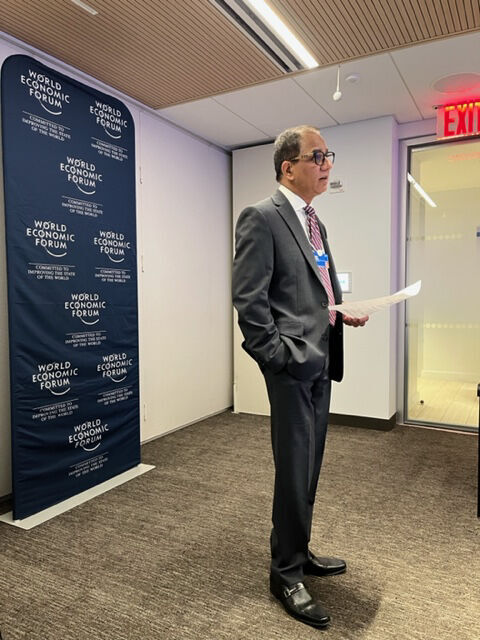
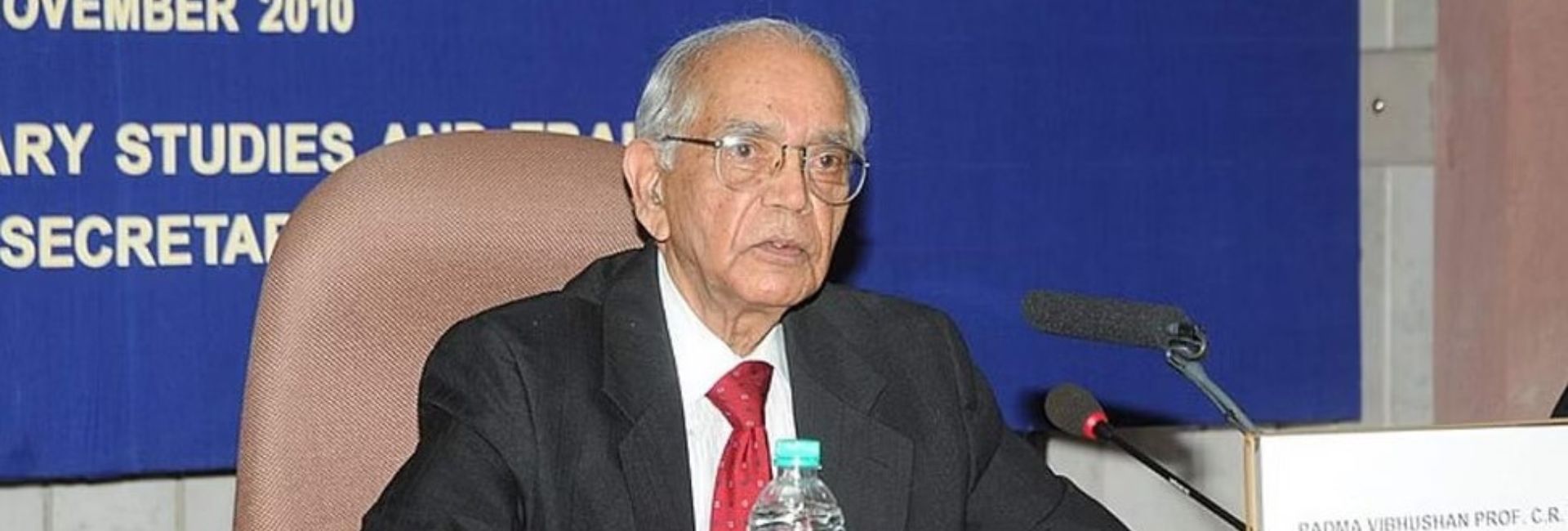
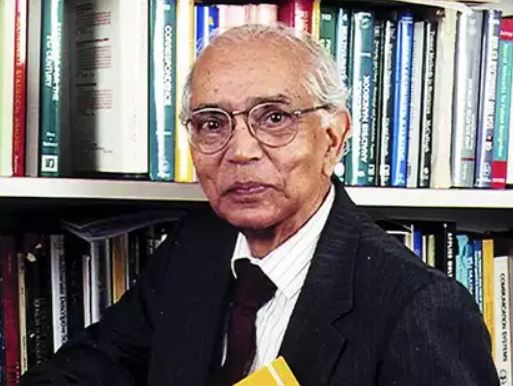 Master Statistician, C R Rao[/caption]
Master Statistician, C R Rao[/caption]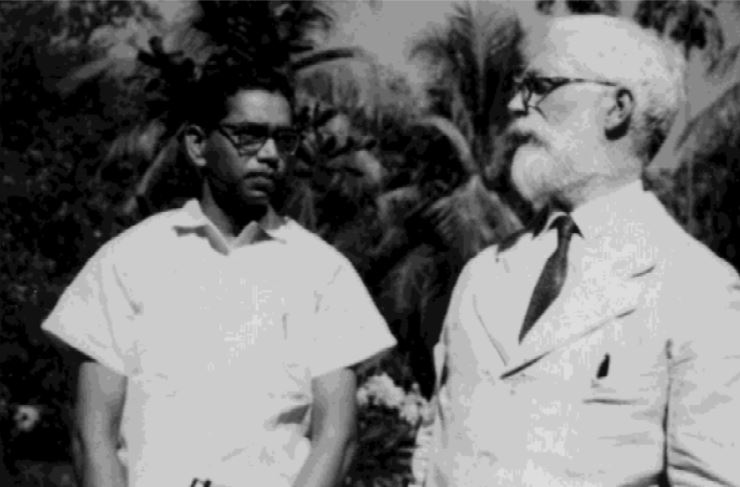 Rao with Fisher at Indian Statistical Institute, Calcutta, 1960[/caption]
Rao with Fisher at Indian Statistical Institute, Calcutta, 1960[/caption]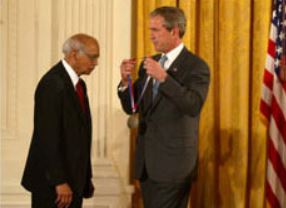 Rao receives Medal of Science from the US President Bush in 2002[/caption]
Rao receives Medal of Science from the US President Bush in 2002[/caption]
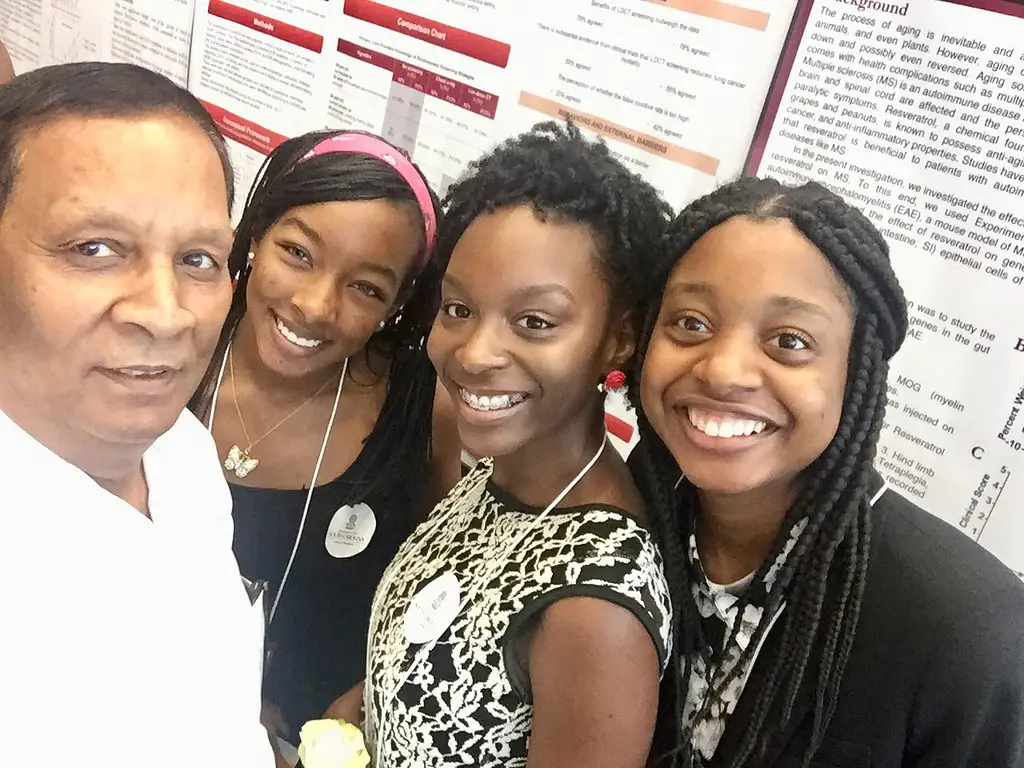 Dr Narendra Prasad Singh with his mentees[/caption]
Dr Narendra Prasad Singh with his mentees[/caption]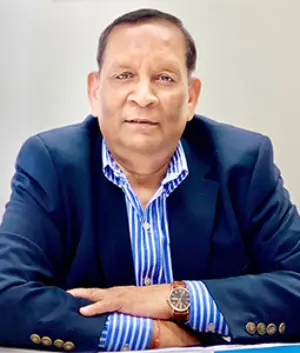 Dr Narendra Prasad Singh[/caption]
Dr Narendra Prasad Singh[/caption]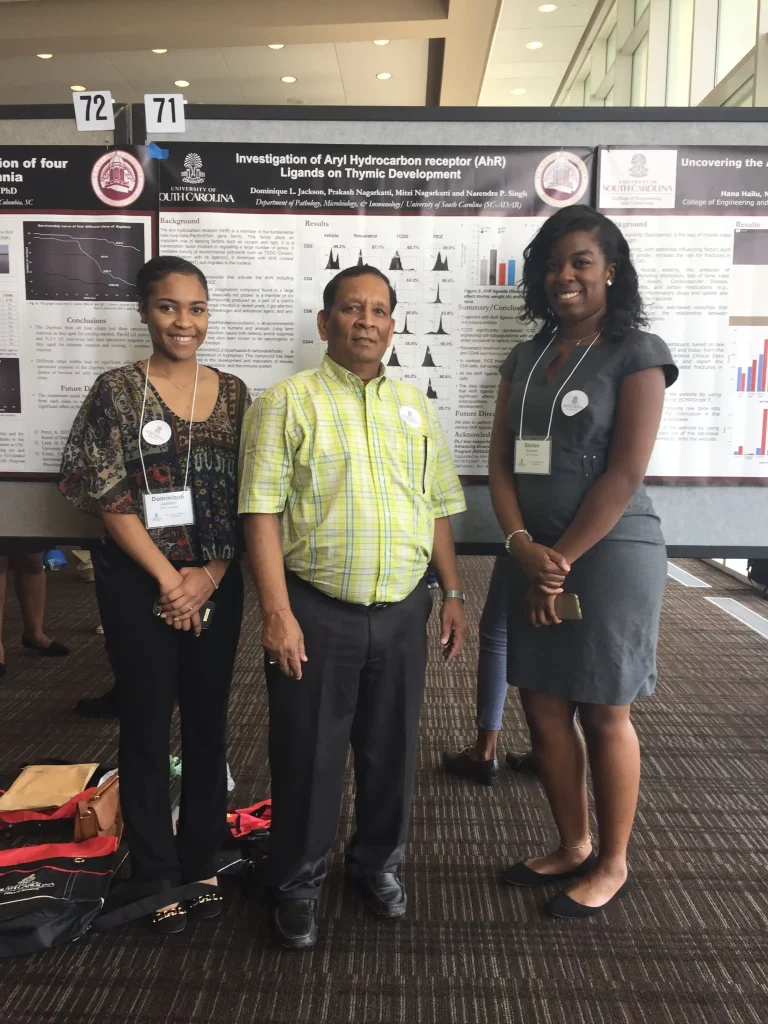 Dr Narendra Prasad Singh with his mentees[/caption]
Dr Narendra Prasad Singh with his mentees[/caption]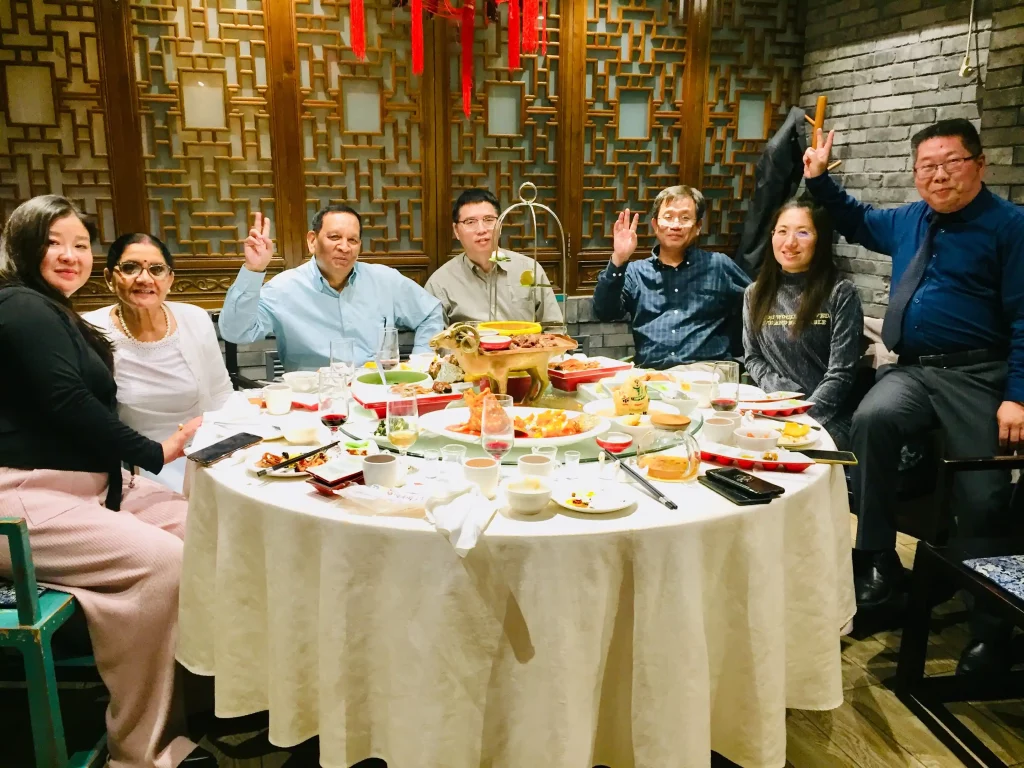 Dr Narendra Prasad Singh during a visit to China in 2019[/caption]
Dr Narendra Prasad Singh during a visit to China in 2019[/caption]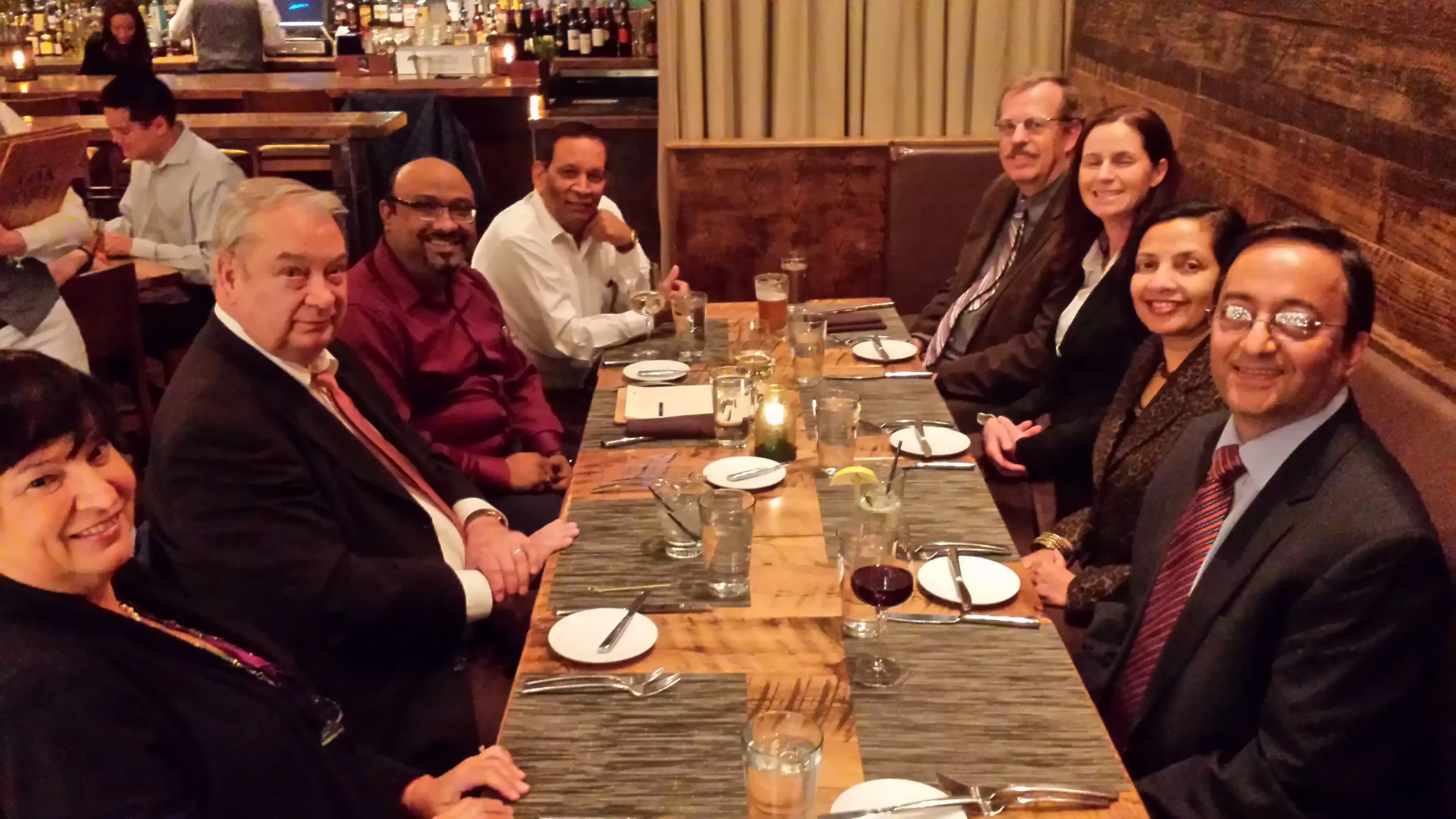 Dr Narendra Prasad Singh in a get-together with a nobel laureate[/caption]
Dr Narendra Prasad Singh in a get-together with a nobel laureate[/caption]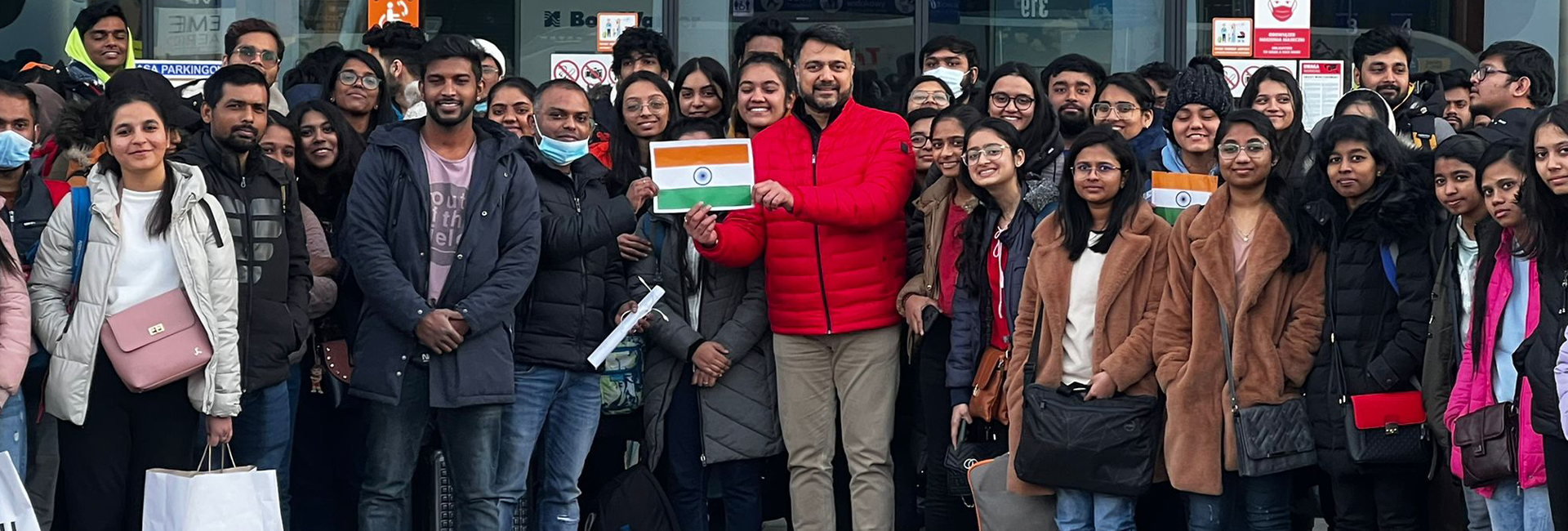
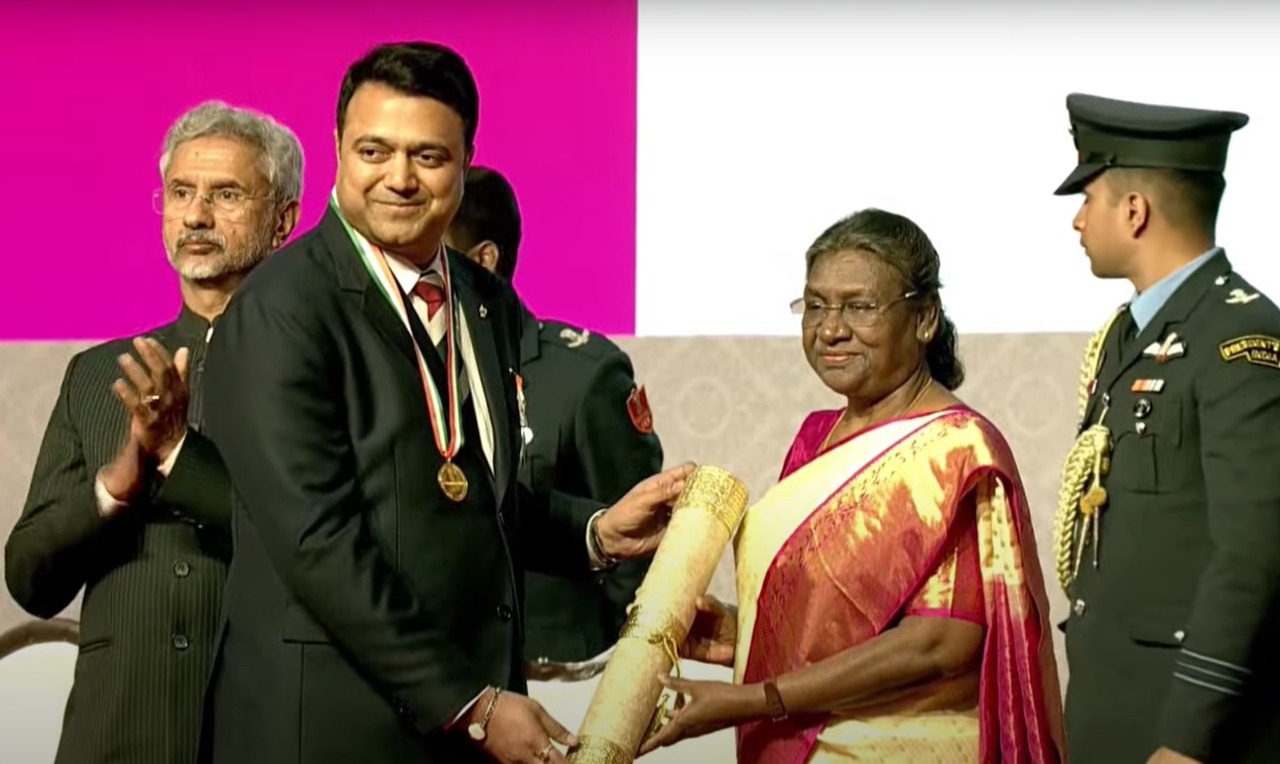 Amit Lath received Pravasi Bharatiya Samman from President of India Dropudi Murmu[/caption]
Amit Lath received Pravasi Bharatiya Samman from President of India Dropudi Murmu[/caption]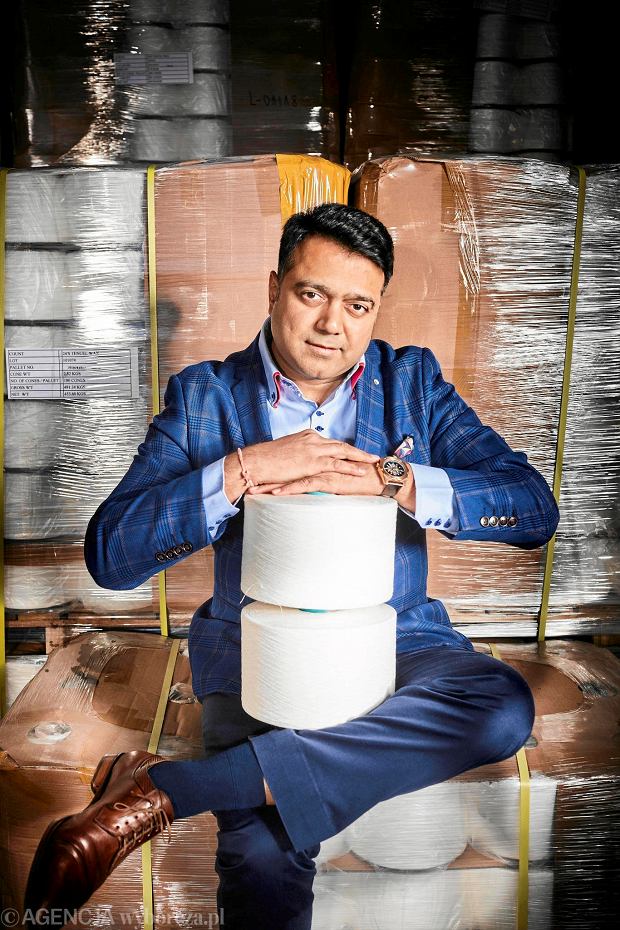 Amit Lath is the CEO of Sharda Group of Companies[/caption]
Amit Lath is the CEO of Sharda Group of Companies[/caption]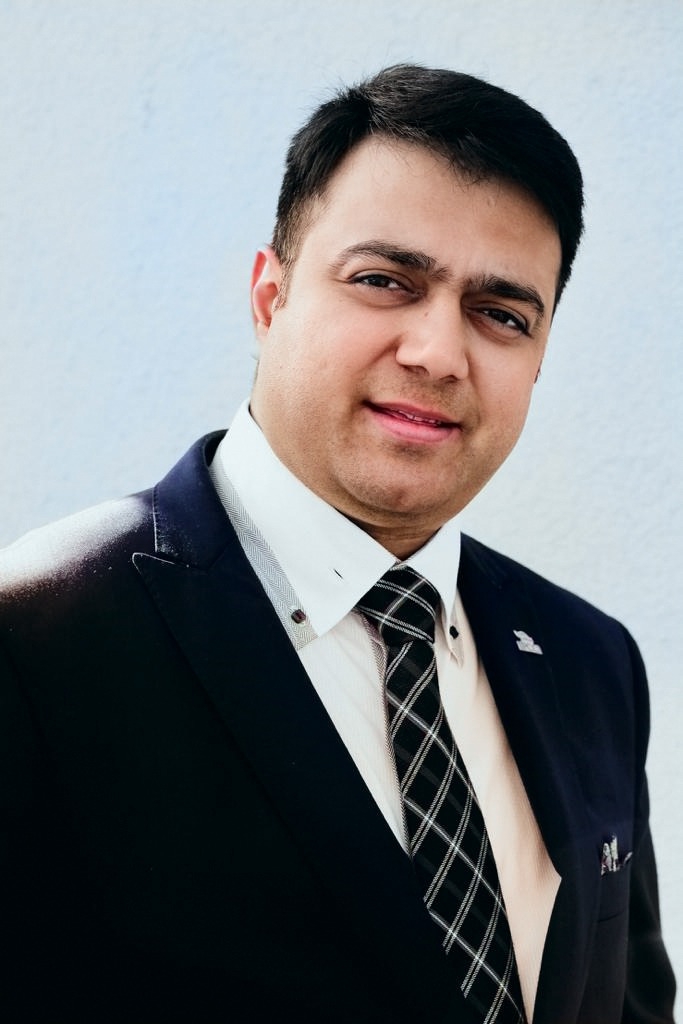 Amit Lath has been in Poland for 24 years now[/caption]
Amit Lath has been in Poland for 24 years now[/caption]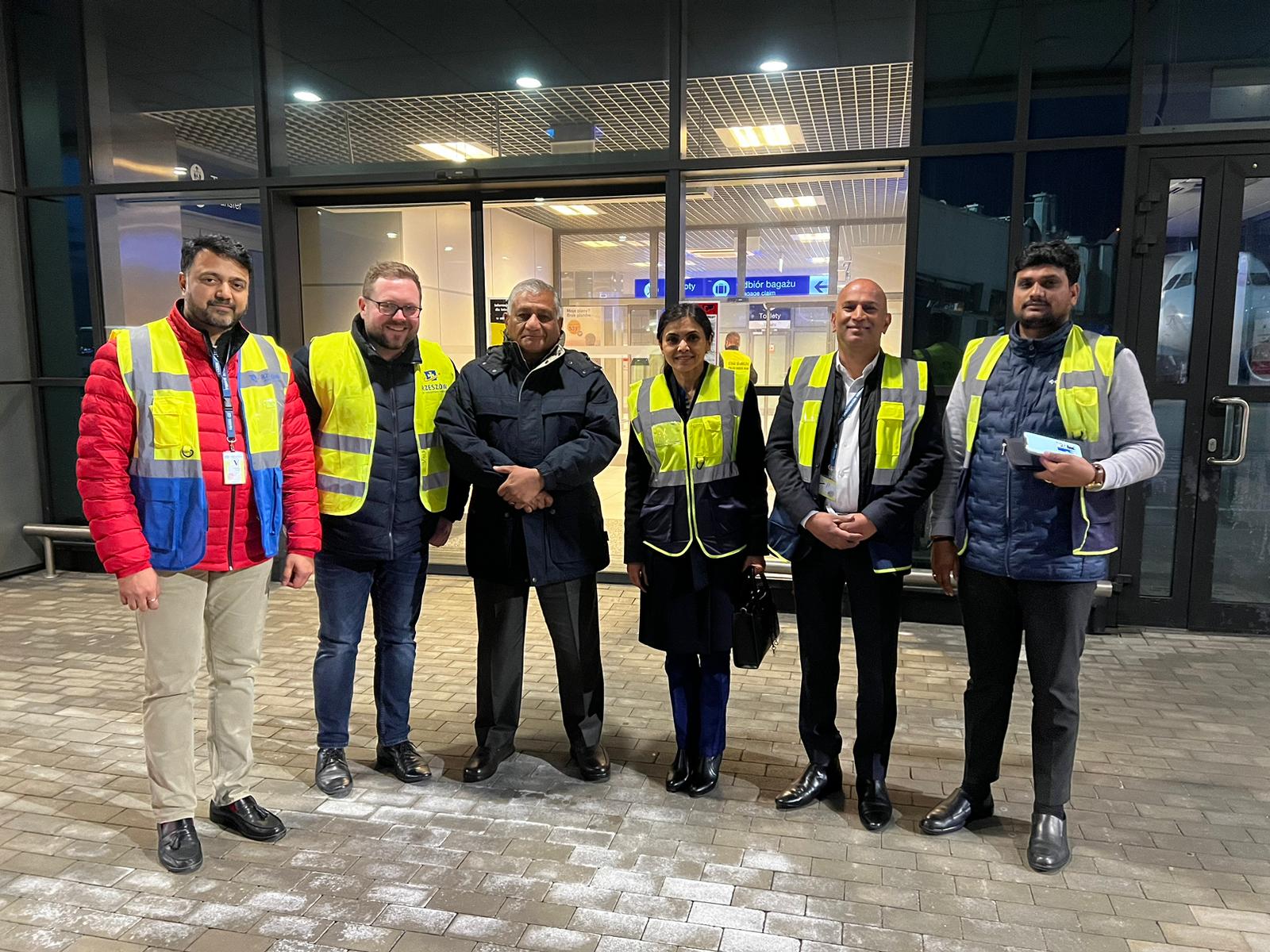 Amith Lath with Gen VK Singh and Operation Ganga team[/caption]
Amith Lath with Gen VK Singh and Operation Ganga team[/caption]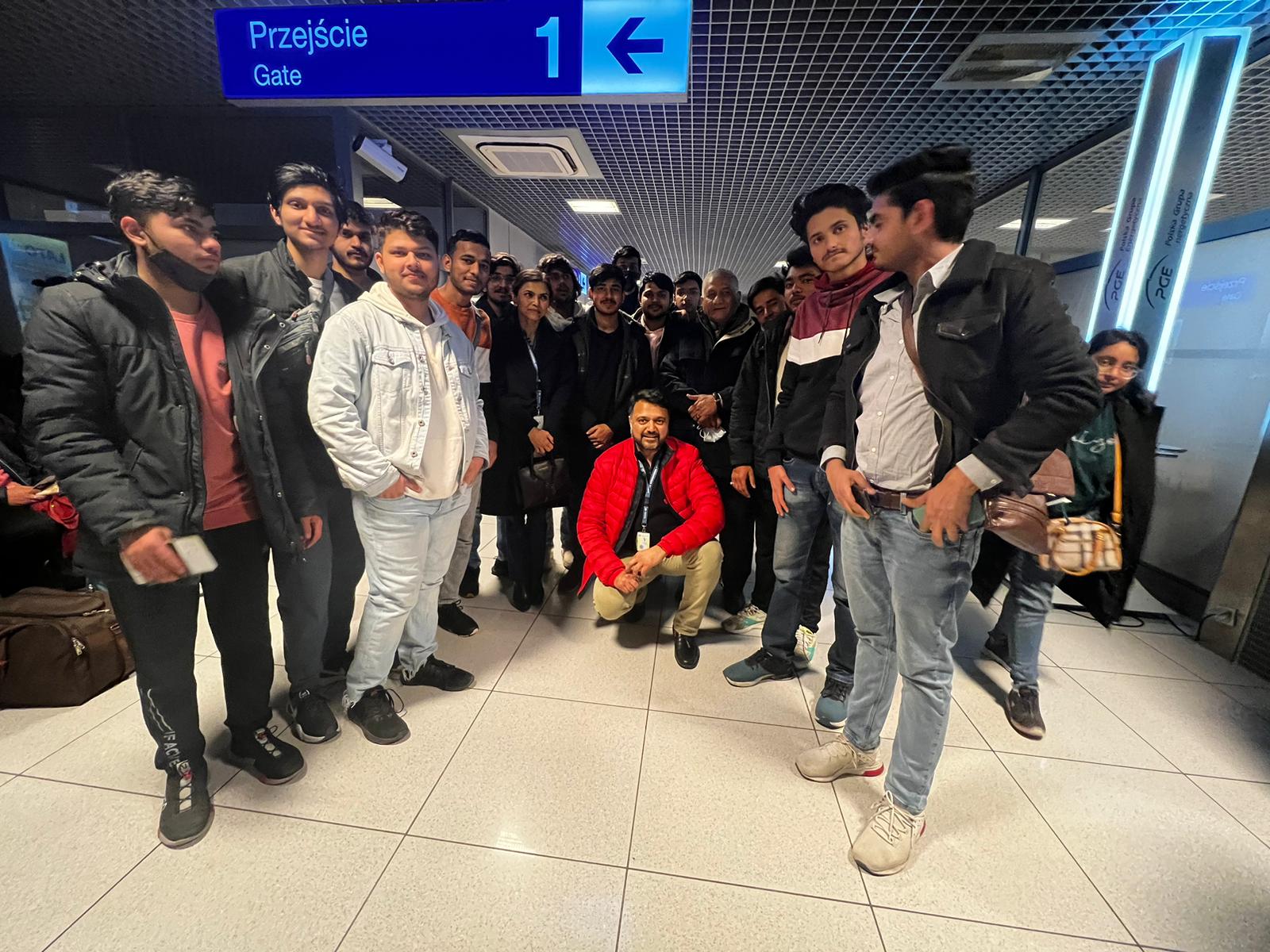 Amit Lath with Indian students in Poland[/caption]
Amit Lath with Indian students in Poland[/caption]